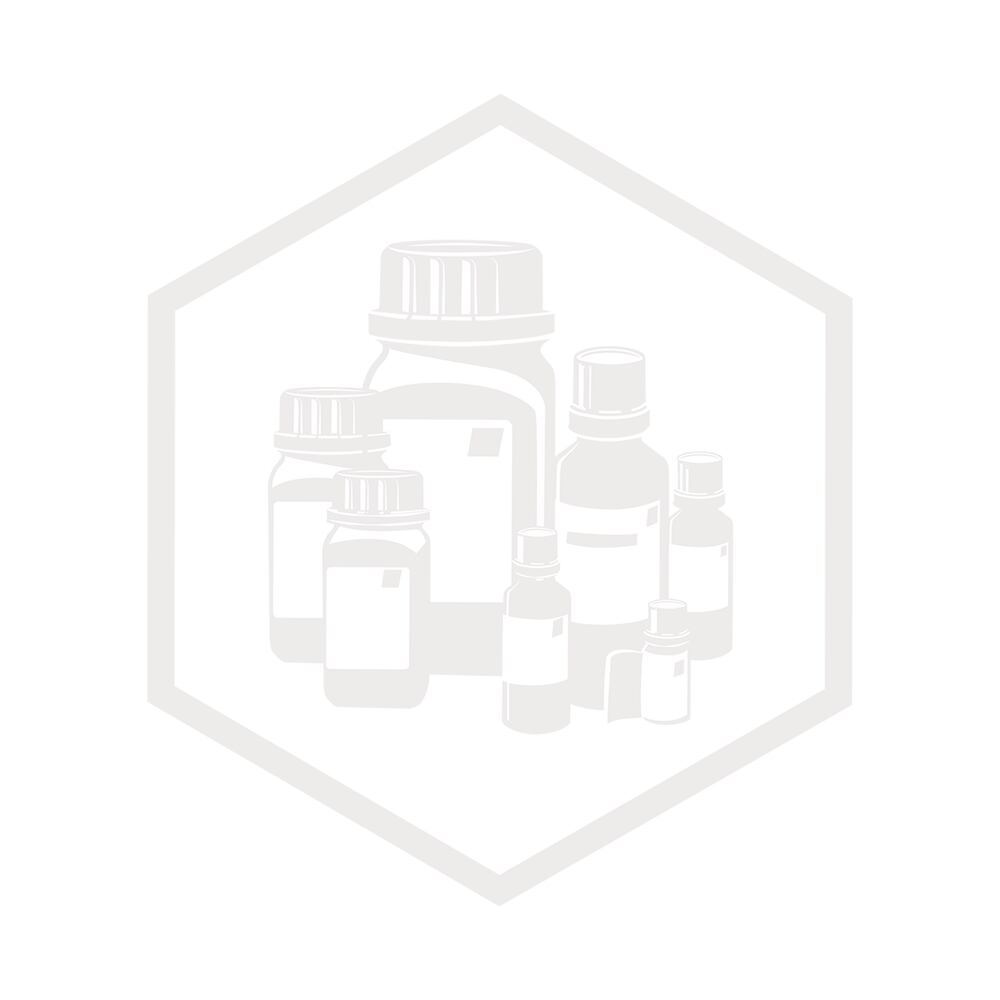product.details.print
Copper(II) sulphate pentahydrate, 2.5 kg
Molar mass (M) 249,69 g/mol
Density (D) 2,286 g/cm³
Melting point (mp) 110 °C
ADR 9 III
WGK 3
CAS No. 7758-99-8
EG-Nr. 616-477-9
UN-Nr. 3077
123,65 €/VE
Excl. btw | 2,5 kg Per VE
Bestelnr. P024.3
- Tussentotaal: 0.00
| Bestelnr. | VE | Verp. | Prijs | Hoeveelheid | |
|---|---|---|---|---|---|
| P024.1 | 500 g | plastic |
36,45 € |
|
|
| P024.2 | 1 kg | plastic |
63,35 € |
|
|
| P024.3 | 2,5 kg | plastic |
123,65 € |
|
|
|
Op voorraad
Beschikbaar
In bestelling
Niet meer verkrijgbaar
Leveringsdatum onbekend
|
|||||
- Tussentotaal: 0.00
Downloads / MSDS
Algemene informatie
The most common technique for measuring the amount of nitrogen in organic matter is the Kjeldahl method, which is used in a wide range of sectors such as environmental analysis, food analysis, water analysis and agricultural analysis, as well as in the pharmaceutical and chemical industries. In this traditional method, a precisely weighed sample is broken down using concentrated sulphuric acid, a process which digests its organic contents and reacts nitrogen to form ammonium sulphate.(CHNO)(s) → CO2 (g) + SO2 (g) + H2O (g) + NH4SO4 (solv, H2SO4)A catalyst or catalyst mixture consisting of copper, selenium, mercury and/or titanium is added to speed up the reaction. Sodium or potassium sulphate is used to give the sulphuric acid a higher boiling point. If the nitrogen is contained in a nitro, nitroso or azo compound, however, the mixture must be reduced with zinc before digestion takes place.
The nitrogen is now present in the sulphuric acid as ammonium sulphate. Adding a strong base (such as NaOH) neutralises the sulphuric acid and liberates ammonia from the solution.NH4SO4 (solv) + 2 NaOH (aq) → Na2SO4 (aq) + 2 NH3 (g) + 2 H2O (l) The ammonia is led into an acid (such as boric acid) by means of steam distillation.B(OH)3 (aq) + 2 H2O (l) + NH3 (g) → B(OH)4- (aq) + NH4+ (aq) The resulting strong base (borate ion) is back-titrated with a strong acid (hydrochloric acid or sulphuric acid). The excess weak boric acid is not captured in the process. A Tashiro's indicator that changes colour in the acid is used for titration. The amount of acid that has been used up can then be converted into the amount of nitrogen in the sample. NH4+ (aq) + B(OH)4- (aq) + HCl (l) → NH4Cl (aq) + B(OH)3 (aq) + H2O (l)To calculate the protein content of the sample, the varying nitrogen content of the amino acids must be checked and the relevant conversion factors applied. The nitrogen contained in food derives mainly from proteins, but different samples may also contain other sources of nitrogen.
Our salts for analysis are manufactured under strict production guidelines. Analytical purity and best quality reliably characterize each batch. Salts in p.a. quality made by Carl ROTH meet the high requirements for reproducible results. Most of our salts are additionally specified according to international standards like ACS and ISO.
Definition:p.a.: pro analysi (for analysis)ACS: American Chemical SocietyISO: International Standard Organisation
Analysecertificaten
Guarantee analysis
| Assay (iodom.) | ≥99,5 % |
| pH value (5 % solution) | ≥3,8 |
| Insoluble matter | ≤0,005 % |
| Total nitrogen (as N) | ≤0,001 % |
| Chloride (Cl) | ≤0,001 % |
| Arsenic (As) | ≤0,0001 % |
| Cadmium (Cd) | ≤0,003 % |
| Calcium (Ca) | ≤0,005 % |
| Iron (Fe) | ≤0,003 % |
| Magnesium (Mg) | ≤0,005 % |
| Nickel (Ni) | ≤0,005 % |
| Zinc (Zn) | ≤0,03 % |
| Cobalt (Co) | ≤0,001 % |
| Potassium (K) | ≤0,001 % |
| Sodium (Na) | ≤0,005 % |
| Lead (Pb) | ≤0,005 % |

